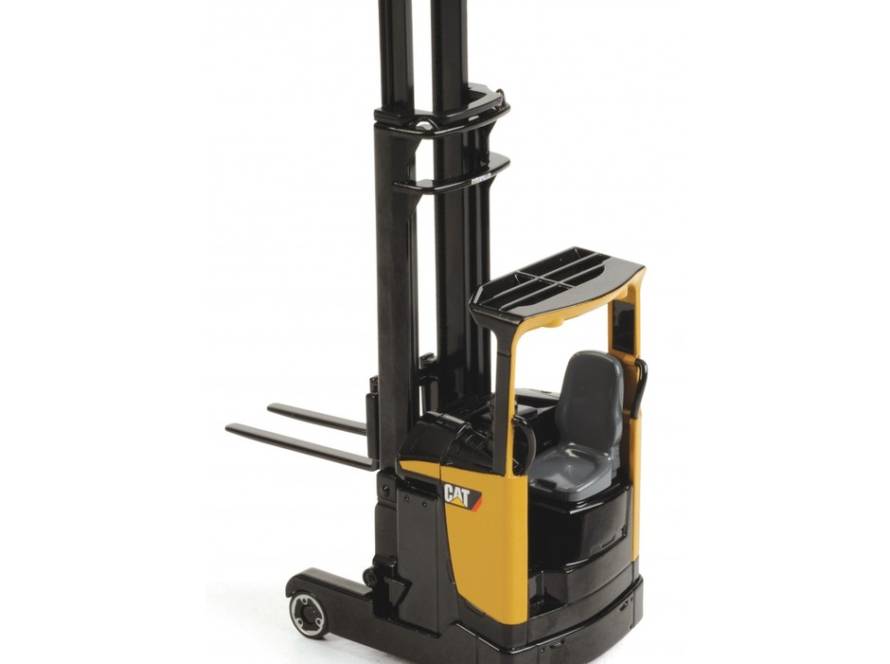E-Commerce and in-store orders that are delivered to your front door are becoming increasingly prevalent. Notability, orders that would have previously taken 5+ days can be delivered the following day or, in some cases, in only a few hours! So what has caused this to happen and can Forklift Training keep up?
To satisfy demand, retailers and warehouse management companies are increasingly buying up storage space closer and closer to customers. This diversification cuts delivery times down massively and enables these companies to beat their competition. This is more apparent in the US, where the renting market on warehouses increased a massive 9.9% from 2013 to 2015.
But how is there even the demand for these services? Online, delivered products now account for roughly 20% of modern purchasing. This means that online shopping is only going to grow as a market and warehousing, along with forklift use, is going to grow along with it.
Forklift Training
With the increasing growth of the warehouse sector, the demand for competent, well trained and experienced forklift drivers is increasing. Forklift driving is not simple. To avoid accidents and injuries that can harm and disrupt fellow warehouse workers and businesses, proper forklift certification is required. This is because, unlike other warehouse jobs, forklift driving is not a pre-set routine that utilises a conveyor belt.
There is a global demand for Forklift Training and Forklift jobs. In the US, according to the Careerbuilder.com website, 1,515 adverts for forklift operators are shown. Compared to 1,748 jobs for all other warehouse professions, including dock workers, production, pickers, material handlers and package handlers, this represents a massive demand for Forklift Operators and drivers. According to the UK Bureau of Labour Statistics, this represents a projected growth of more than 12% for the next year.
With the increasing industrialisation of Asia, Africa, South America and Russia who are focusing on repairing and investing in energy infrastructure, forklift operators are in demand to move and organise pipeline components.
Finally, the UK has its own demand for forklift operators. With the increasing popularity of companies such as Amazon and Ocado, the British public have grown a taste for fast product delivery. Combined with new markets requiring forklift operators that may emerge post-Brexit, the UK needs forklift operators and Forklift Training.
Why is forklift training so important?
Forklift driving is an incredibly technical art. It is an incredibly important aspect in the warehouse supply chain. Therefore, failure to properly execute this job can be disastrous to both the business and other warehouse workers. This means that proper and effective training is demanded for this modern, relevant profession.
Meeting the urgency for forklift operator training
To fill the demand for forklift operator jobs, newer training technologies such as using virtual reality (VR) software are being used.
U.S. Occupational Safety and Health Administration (OSHA) recognises the VR training and certification as a viable option to meet the training demands in the market. The training can be done at work or at home on a desktop, laptop, mobile phone or tablet as long as the student has an internet connection.
To get forklift operators ready for warehouse work requires several skills beyond pushing the “on” button. OSHA requirements include:
• Forklift workers should not operate a forklift unless or until they have been trained and licensed.
• All comprehensive written and safety programs have been completed.
• Training must address issues that affect the stability of a forklift.
• Stand-up forklift operators must hold on firmly, and lean away from the point of impact using rear-entry access.
• All operator restraints must be used on sit-down forklifts.
• All lift truck operators must do a full safety inspection of their vehicle prior to starting work.
Newer forklift technology
The days of forklifts operating in dirty warehouses are long gone. Technology has transformed the old forklift with bar-code scanners and labels on packages, shipping pallets that tell shippers and receivers exactly what’s in that bundle of freight as soon as it hits the loading dock.
Forklifts and trucks are now equipped with Radio-Frequency Identification (RFID) tags. RFID technology is essential to warehouse operations. Radio waves can locate, read and gather information stored on a tag printed on an object. The tag can be read from several feet away using a scanner. The information is downloaded to a database, logged for storage and recorded using electronic data interchange (EDI) technology.
The data-gathering process sends the information to distribution centres and is then sent throughout all segments of the supply chain.
There are a lot of moving parts in the shipping and transporting process to keep the supply chain going. In order to load and offload cargo from the plant to distributors and then from distributors to consumers takes fully trained warehouse operation personnel.
Logistics is critical to keep the supply chain process going. To stay up with the demand and warehouse technology at all levels, in particular, the forklift operation is essential.



